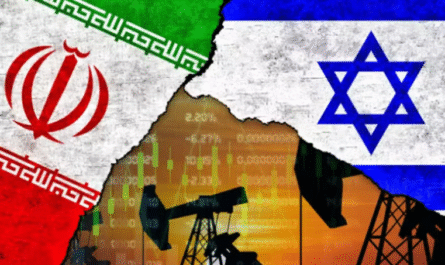In a remarkable step toward energy independence and environmental sustainability, residents of Islamabad are now collectively generating more than 100 megawatts (MW) of electricity through solar panel installations. This shift highlights a growing trend in Pakistan’s capital, where households and businesses are embracing renewable energy as a reliable and cost-effective alternative to the national grid.
A Silent Solar Revolution
According to the Islamabad Electric Supply Company (IESCO), the city has witnessed a massive surge in net-metering applications over the past two years. As of mid-2025, over 25,000 residential, commercial, and institutional consumers have installed solar panels and are actively feeding excess electricity back into the national grid.
Islamabad Residents are Producing Over 100MW of Electricity Through Solar Panels.
This has resulted in more than 100MW of solar energy being produced locally — a significant contribution to the city’s overall power consumption.
Why the Shift to Solar?
Several factors are driving Islamabad’s solar boom:
- High Electricity Costs: With power tariffs climbing steadily and the burden of fuel price adjustments, many households have turned to solar power as a long-term cost-saving measure.
- Load Shedding & Reliability Issues: Frequent outages have pushed residents to seek energy autonomy and reduce their dependence on the grid.
- Government Incentives: Policies promoting net-metering and duty-free import of solar panels and inverters have made solar adoption more affordable and attractive.
- Environmental Awareness: A rising sense of environmental responsibility among citizens, especially the youth, is fueling demand for cleaner energy solutions.
The Net-Metering Boost
Under the NEPRA-approved net-metering regime, Islamabad residents who generate surplus solar energy can feed it back into the grid and receive credits on their electricity bills. This two-way energy model has become a game-changer, not only reducing bills but also supporting grid stability during peak hours.
IESCO officials confirm that this decentralized power generation is easing pressure on the local distribution network and helping balance demand during high-consumption periods.
Challenges Ahead
While the progress is commendable, experts warn that more must be done to ensure the long-term sustainability of solar integration:
- Grid Infrastructure Upgrades: As more homes adopt solar, the grid needs modernization to handle bi-directional energy flows.
- Battery Storage: Most setups are still grid-tied without backup storage, meaning solar users still depend on the grid during nighttime or cloudy days.
- Policy Consistency: Investors and homeowners are seeking assurance that net-metering policies will remain stable and supportive in the years ahead.
A Model for Other Cities
Islamabad’s success story serves as a blueprint for other Pakistani cities looking to decentralize energy production. With ample sunlight across the country and growing urban demand, expanding rooftop solar adoption could reduce load shedding, lower fuel imports, and empower citizens to control their energy costs.



